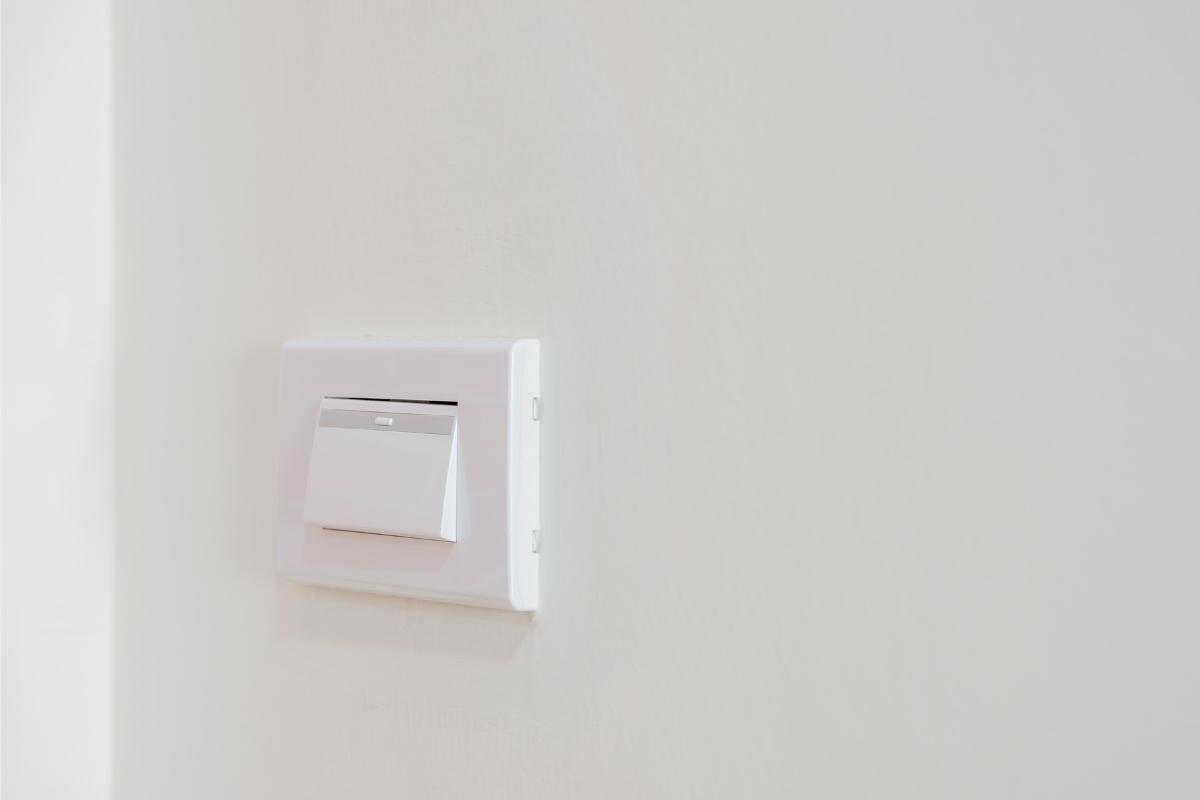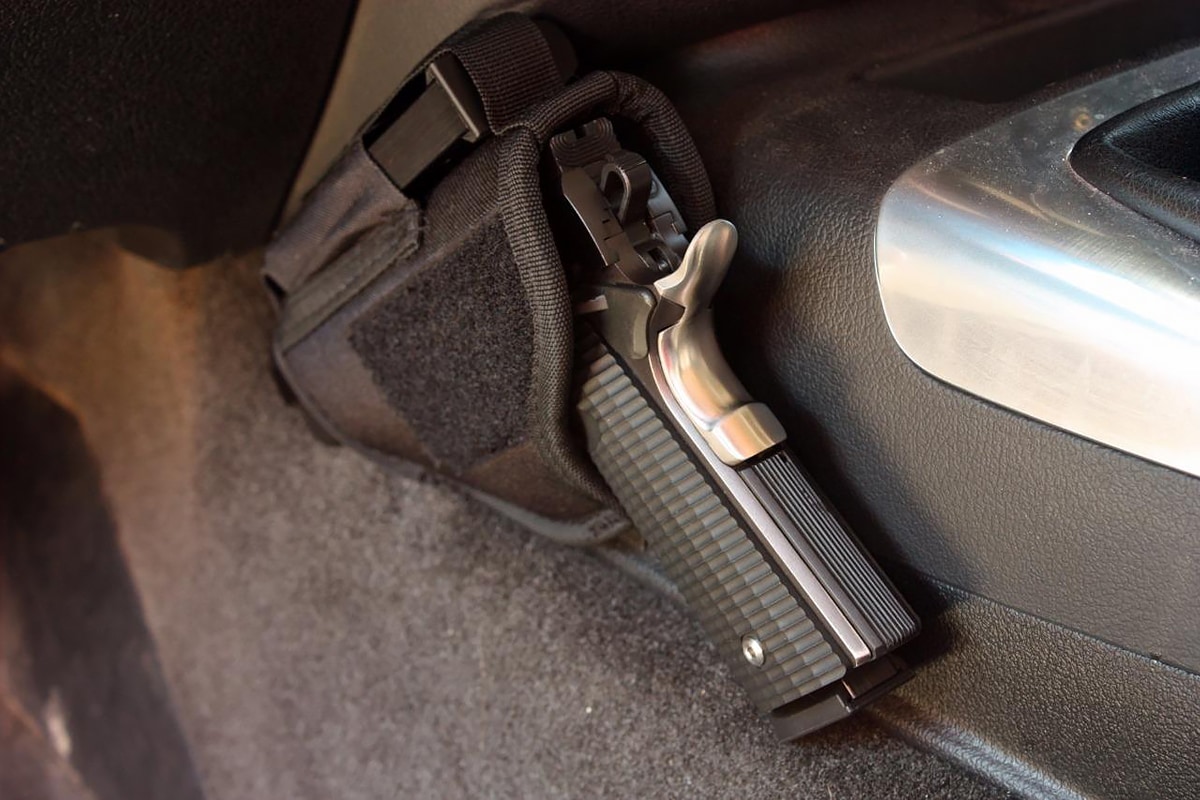Motion sensor lights are helpful to provide illumination in your backyard and deter crime during the night. These lights remain off to reduce unnecessary energy waste and are only on when the motion detector sees people outside your property. Motion sensor lights are largely used as the outdoor security light to light up your pathway and protect your house from intruders.
When installing a motion sensor light, people might often wonder whether the motion sensor light needs to be connected to a switch first or can be hardwired directly to the source. It’s an interesting topic and worth discussing.
Does a Motion Sensor Light Need a Switch
No, a motion sensor light does not need a switch. The on and off of motion sensor lights are automatically controlled by the motion sensor, so when the motion sensor detects people, the light is turned on, and when people leave, the light is turned off. No manual action is required for the light to function properly, so a motion sensor light does not need a switch.
Though it’s not compulsory, adding a switch can be highly beneficial, making the motion sensor light more practical and easier to use.
Benefits of Using a Switch
The switch is located between your home’s electric panels to the motion sensor so that users can control the power to outdoor security lights simply by flipping the switch without stepping outside.
With a switch, the most direct impact is we are allowed to have immediate manual controls to the motion sensor light when needed. Most of the time, there is nothing we can do without a switch but wait for the motion sensor light to turn on or off by itself, completely up to the motion sensor.
With that said above, we’re going to talk about the major benefits of adding a switch to a motion sensor light.
No Downside
First, there is no downside to using or adding a switch with your motion sensor light. With the switch flipped ON, it is 100% the same as a hardwired powered motion sensor light.
If it’s possible to add a switch together with the motion sensor light, you should consider doing so. Why not? You don’t lose anything, at least.
Turn Motion Sensor Light Off
One of the most asked questions around motion sensor lights is why the motion sensor light won’t turn off. Sometimes it’s because of errors or misconfigures that unexpectedly leave the light on. Other times, you may just want to keep the light off, disregarding motion sensors or motion detections. With an entirely automatic motion sensor light, there is not much you can do to turn the light off.
One significant benefit of adding a switch is that you can turn off your outdoor motion sensor lights instantly in your house by flipping the switch off. Most motion sensor lights are not available with a function for manually setting the light on or off. Even some motion sensor lights do allow users to keep the light off with a toggle on the light fixture, you still have to get out of your house to make that change. With a switch connected to the motion sensor light, you can do it inside your house.
Keep Motion Sensor Light On
Another problem people are facing is that they need to keep the light on. Though motion sensor lights ought to keep the light on as long as there are people in the detection zone, sometimes it cannot effectively detect all valid motion, thus falsely turning off the light while people are still in the area.
With a light switch, you are now able to keep the motion sensor light on with several methods. By flipping the light switch ON and OFF quickly, the power surges may force the motion sensor to get stuck at the ON position, causing the motion sensor light to stay ON.
This trick might work 9 times out of 10 on most PIR motion sensor lights. Not a guarantee, but it is definitely worth a try.
If you need a 100% working method to keep the light on, you can add the switch parallel instead of in-between the electrical circuit to power the light separately. By doing so, when you flip on the switch, your light is powered directly from the switch instead of the motion sensor.
Conclusion
Adding a switch to a motion sensor light is not a must but it does have considerable advantages.
If you only need the motion sensor light to light up your property at night for convenience, you can leave the motion sensor lights to work on themselves, and you do not need a switch. The motion sensor lights will work just fine after you have well adjusted the settings, such as timer and sensitivity.
If you frequently need consistent lighting, such as having a party or BBQ with friends in your backyard, adding a switch inside your house to control the motion sensor light is the best possible solution.









